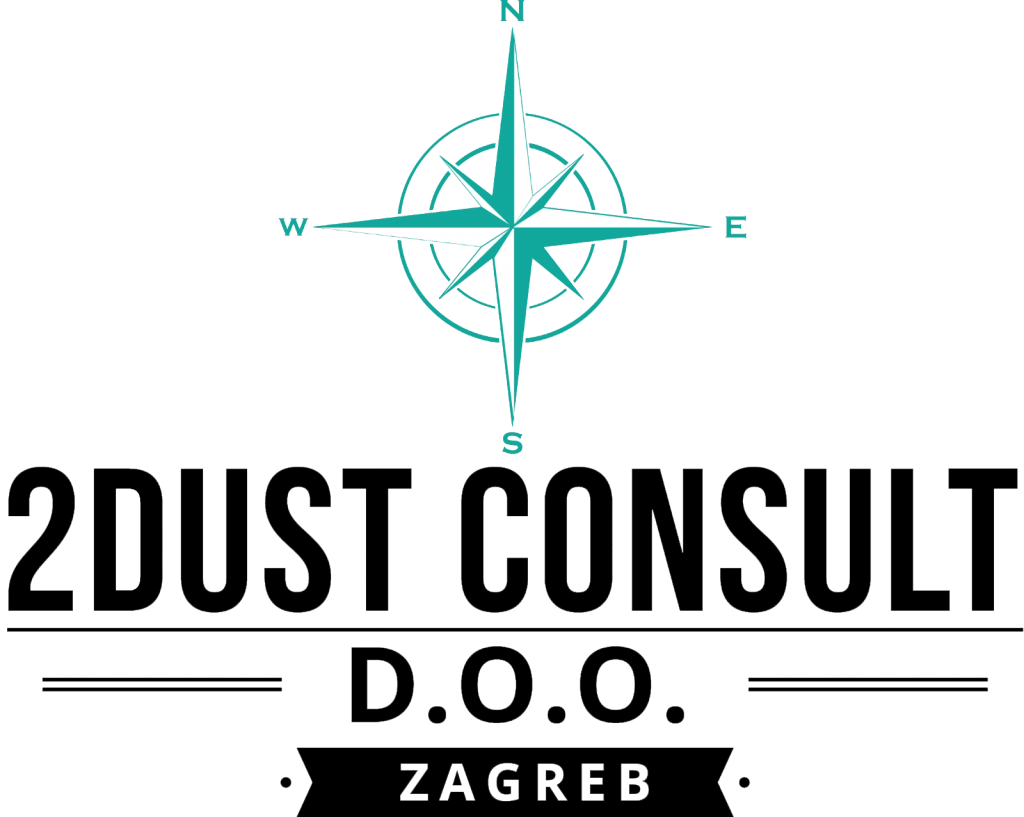Business process optimization is the targeted redesign of key processes to promote efficiency and strengthen alignment of individual processes with overall strategy and goals. Optimizing business processes is key to ensuring that expected project results are met. Process optimization can lead to a real improvement in a company's operations, increase its competitive advantage, increase the quality of customer service and ultimately affect the increase in profits.
1. Identification of key processes: Identify the key business processes that are critical to achieving the organization's goals. These can be processes in the area of procurement, production, sales, customer support or any other area that has a major impact on the company's success.
2. Mapping existing processes: Map existing business processes to get a clear picture of how they are currently being executed. Use process flow diagrams or other visualization tools to identify steps, resources, time spent, and input/output data.
3. Efficiency analysis: Evaluate the efficiency of each step in the process. Identify potential problems, unnecessary steps, overlaps, manual tasks or other weaknesses that can affect the efficiency and productivity of the process.
4. Setting optimization goals: Set optimization goals for each process. For example, goals may include reducing time spent in a process, reducing costs, improving quality, or increasing customer satisfaction.
5. Identification of improvements: Identify opportunities for process improvement. Consider automation, digitization, reducing manual tasks, reducing overlap, improving communication, or any other change that can lead to a more efficient and effective process.
6. Implementation of changes: Implement identified changes in processes. Depending on the changes, this may include introducing new technologies, changing procedures, training employees or changing the organizational structure.
7. Monitoring and continuous improvement: Monitor the effectiveness of optimized processes using relevant performance indicators. Collect feedback from employees and users to identify further opportunities for improvement and adjust processes as needed. Continually improve business processes to achieve long-term efficiency
- Management
- Creating a business plan
- Creation of managerial reports
- Reorganization of the business and organizational structure of the company
- Optimization of business processes
- Change management
- Creating a marketing plan
- Creation and implementation of the reporting system
- Development and implementation of work procedures
- Creation and implementation of work instructions
- Workplace analysis
- Systematization of jobs
- Risk management
- Customer relationship management
- Business consulting, maintenance and engagement
- Commercial activity monitoring and management service and reporting
- Service operations director






